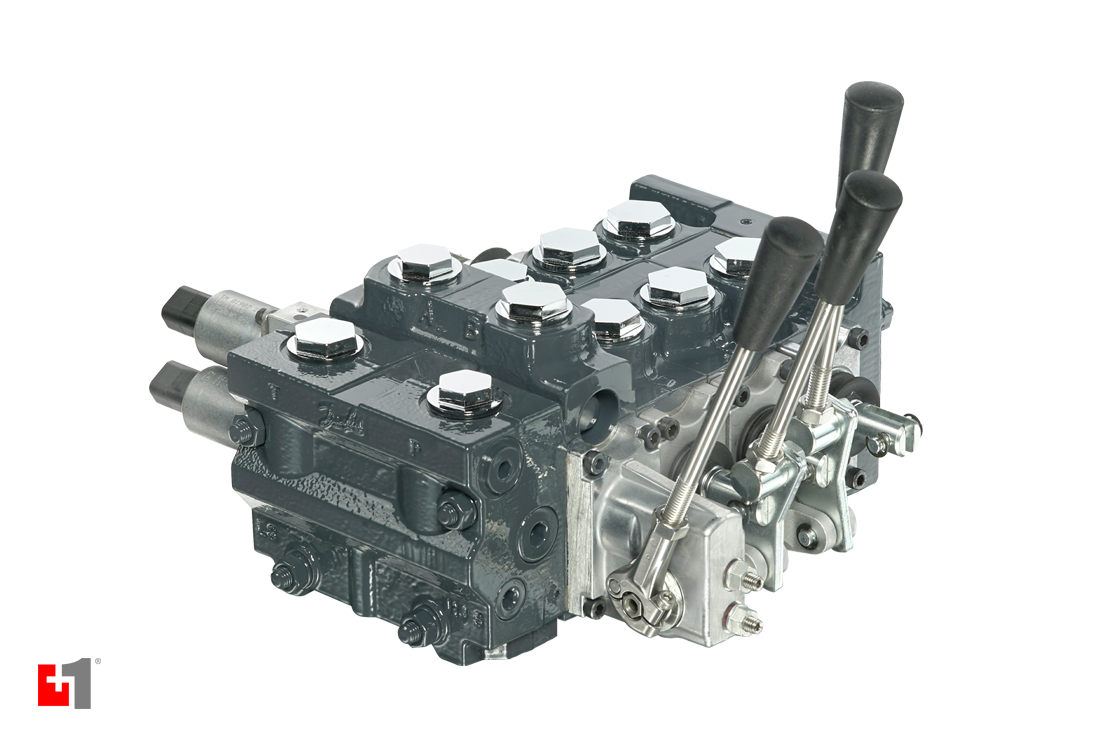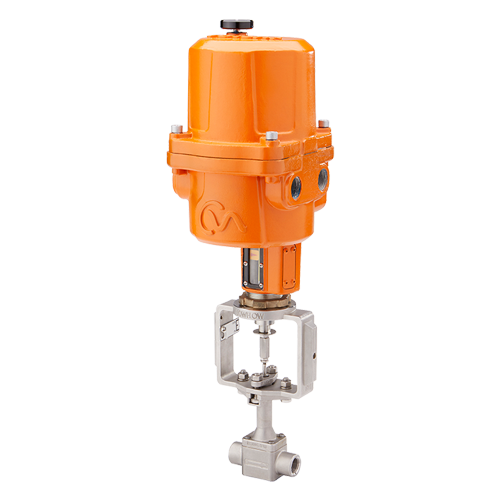How Control Valves Effect Energy Effectiveness in Industrial Settings
How Control Valves Effect Energy Effectiveness in Industrial Settings
Blog Article

Maximize Power Financial Savings and Comfort With Advanced Building Automation Controls
In the realm of modern-day architecture and facility administration, the assimilation of sophisticated building automation regulates stands as an essential innovation. By using the power of automation, buildings can adjust, respond, and advance in methods that were when inconceivable.
Energy Efficiency Advantages
Power efficiency advantages can substantially decrease power consumption and functional costs in buildings. By carrying out energy-efficient methods and innovations, structure owners and operators can achieve significant savings while likewise adding to environmental sustainability. One of the primary advantages of improving power efficiency in buildings is the reduction of energy costs. Energy-efficient systems, such as advanced building automation controls, can enhance using sources like lighting, air conditioning, and home heating, bring about lower power expenses in time.
Additionally, improved power performance can lengthen the life-span of building equipment and systems. By running extra effectively, heating and cooling systems, lighting fixture, and other building elements experience less deterioration, resulting in decreased maintenance and replacement costs. Additionally, energy-efficient buildings commonly regulate greater property worths and rental rates, supplying lasting economic benefits to owners.
Additionally, power performance can enhance occupant convenience and performance. Appropriately managed interior settings with optimum illumination and thermal problems develop a more pleasurable and helpful workspace, leading to boosted employee satisfaction and performance. On the whole, the power performance benefits related to sophisticated building automation controls are multifaceted, incorporating cost financial savings, ecological stewardship, and resident health.
Enhanced Convenience Control
Enhancing comfort control in building environments calls for an advanced assimilation of innovative automation systems for optimum owner well-being. By utilizing innovative building automation controls, centers can tailor the indoor environment to satisfy the certain requirements and preferences of residents. These systems allow exact policy of lighting, air flow, and temperature, developing a comfy and efficient ambience. Occupant satisfaction and performance are closely linked to thermal comfort, making it essential to have systems in place that can adjust to transforming conditions in real-time.
Boosted comfort control goes beyond basic temperature level modifications. It consists of features such as tailored settings, tenancy sensors, and natural light application to develop a responsive and vibrant setting. By incorporating these sophisticated controls, structures can not only boost comfort yet additionally boost energy performance by maximizing system operations based on real occupancy and usage patterns. Eventually, focusing on resident comfort via innovative automation systems causes a more pleasurable and healthier indoor environment.
Functional Performance Improvements

Additionally, the application of real-time surveillance and analytics devices makes it possible for structure operators to identify power inadequacies and operational abnormalities quickly. By continuously keeping track of power use patterns and system efficiency metrics, changes can be made in real-time to enhance power usage and ensure peak functional efficiency. control valves. Furthermore, incorporating demand feedback methods right into building automation controls can even more boost functional effectiveness by dynamically changing energy usage based upon grid problems and pricing signals
Indoor Climate Optimization
Effective indoor environment optimization is a fundamental element of structure automation controls, guaranteeing passengers' convenience and wellness while making best use of power cost savings. By utilizing sophisticated sensors and controls, building automation systems can constantly adjust and keep track of temperature, humidity degrees, air quality, and ventilation to produce an ideal interior atmosphere. Maintaining consistent and comfy problems not only boosts owner fulfillment however additionally enhances productivity and general wellness.
Interior resource climate optimization likewise plays a crucial duty in power effectiveness. By fine-tuning ventilation, air conditioning, and home heating systems based upon real-time information and tenancy patterns, building automation controls can considerably decrease energy usage - control valves. For example, carrying out techniques such as demand-controlled ventilation and thermal zoning can help reduce energy waste while making sure that each area of the building obtains the required conditioning.

Lasting Environment Development
Structure automation regulates not just enhance indoor climate conditions for power performance and resident convenience yet likewise lay the structure for creating a lasting atmosphere via strategic monitoring of resources and systems. By integrating sophisticated building automation innovations, such as sensors, actuators, and smart software program, centers can check and readjust power use in real-time to reduce waste and minimize their carbon footprint. These systems make it possible for predictive upkeep, determining potential concerns before they escalate and maximizing devices performance to my site enhance long life and efficiency.
Moreover, sustainable setting development extends beyond energy administration to include water conservation, waste reduction, and interior air high quality renovation. Structure automation controls can regulate water usage, find leakages, and guarantee correct waste disposal techniques, adding to general sustainability initiatives. In addition, by keeping track of and regulating ventilation and purification systems, these innovations boost occupant health and wellness and productivity while reducing energy usage related to cooling and heating operations.
Verdict
To conclude, progressed building automation manages offer substantial benefits in terms of power savings, convenience control, functional effectiveness, indoor climate optimization, and creating a sustainable setting. By carrying out these controls, buildings can accomplish optimum performance while reducing power intake and improving resident convenience. It is obvious that making use of advanced automation modern technology is vital in improving building efficiency and creating an extra sustainable future.
Power efficiency advantages can considerably minimize power usage and functional expenses in buildings. Generally, the power effectiveness benefits associated with sophisticated structure automation controls are diverse, incorporating price financial savings, ecological stewardship, and owner well-being.
In addition, including demand feedback approaches right into structure automation controls can additionally improve operational efficiency by dynamically readjusting energy use based on grid conditions and rates signals.
Building automation regulates not just optimize interior environment conditions for energy effectiveness and passenger comfort but additionally lay the structure for producing a lasting setting through strategic management of systems and resources.In this content verdict, advanced structure automation manages offer significant advantages in terms of energy cost savings, convenience control, functional efficiency, indoor climate optimization, and producing a lasting environment.
Report this page